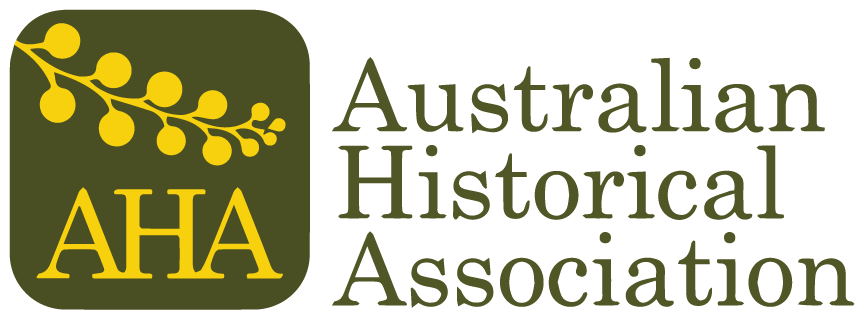Because increasingly universities, job applications and the Australian Research Council (ARC) have been requiring academics to justify the quality of their work, the AHA Executive has made the decision to develop a rankings system to assist in the process. This is a pragmatic response to developments within the tertiary sector. Increasingly, universities have been designing their own lists, drawing heavily on the outdated ERA 2010 journal rankings or other metrics such as Scimago. The AHA Journal Rankings list is a pragmatic way for we, the historians, to take control and determine the measures of quality of our academic field.
The main justifications for a proposed AHA journal rankings list are:
• It will provide historians in Australia, especially Early Career Researchers, with a mechanism to justify the quality of their work in grant, promotion and job applications;
• As a list that is reviewed biennially, the journal rankings will not be set in stone. The AHA list will provide an opportunity for new journals to be represented with quality indicators, as well as for other journals to rise as their quality improves over time (in other words, it will be contemporaneous instead of an outdated 2010 list);
• Universities will be able to refer to a professionally recognised journal rankings list for historical studies. Many universities that have developed their own rankings lists have indicated that they will recognise professional journal ranking lists where such lists exist. In other cases, universities will have an up-to-date resource to access when designing their own rankings lists;
• For similar reasons to those outlined above, other associations have already taken pragmatic steps and have developed their own journal rankings. Some of the more prominent examples are the Australian Business Deans Council, Australian Political Science Association and Asian Studies Association of Australia (which is finalising its list now).
The AHA journal rankings will sit alongside and complement other existing quality indicators, including Google Scholar citations, Scimago and similar ranking lists from other disciplines.
A subcommittee of the AHA Executive has methodically designed our own AHA set of rankings and a preliminary list of rankings for work where Australianists tend to publish. The subcommittee has also consulted with relevant associations and incorporated their feedback to guide non-Australianists. The AHA is now embarking on a consultation process to gather feedback from the membership, and for this exercise we are circulating the document explaining the journal rankings, the methodology, and the rankings list itself. In the interests of transparency we have mapped the proposed AHA journal rankings against other metrics: ERA 2010, the European Research Index to the Humanities 2011, Scimago 2017 and journals’ H-indices.
The draft AHA Journal Rankings list can be found here.
For this consultation process we invite all AHA members to send feedback addressing the following questions to executive@theaha.org.au by 31 July:
- Are there changes you recommend to the rankings descriptors?
- Are there journals you believe should be on this list which are not? If so, please indicate the journal, a proposed ranking, and a justification for the ranking. (and please note this list is meant to be where AUSTRALIANISTS publish)
- If you believe a proposed ranking should be raised or lowered, please explain with a justification that speaks to the methodology and indicators.
We will also be facilitating a consultation session at the AHA Conference in Toowoomba. Please check the conference program for details.
